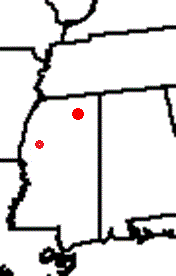
Cleveland, MS. Own small farm near Booneville, MS | Correct me if I'm wrong, but in the Mississippi Delta, a "turn row" serves multiple purposes. It is usually something like a berm between two fields. Fields are mostly flat and in some instances the only way to tell you have changed fields is that you crossed the turn row, especially if it also serves as a property line. With a turn row between the fields the same area can be utilized for turning around from either field. Also, the turn rows are a good place to park the truck if the field is in grain or to park the module builder if it is in cotton. Since the turn rows are usually built up like a small levee it is usually dry enough to drive on even when the field is too wet to plow. Turn rows also serve as a levee to hold water for flood irrigation, especially in rice fields. Again, correct me if I'm wrong, but during the "share cropper days" multiple share croppers might be allotted acreage in the same field. The turn row allowed access to each share croppers rows without running over another person's crop. For example, IIRC, in half mile long rows, five rows make an acre. So if a share cropper was allotted five acres of cotton he would get 25 rows.
How did it get to be called a "turn row" when it is not planted and has no row on it? I have no earthly idea. |


 What is a 'turn row"
What is a 'turn row"